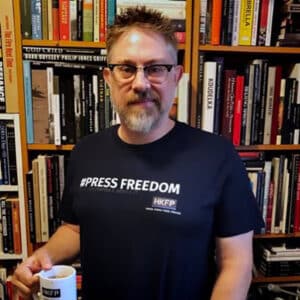Ninety minutes north of New York City along the Hudson River, in a small, nondescript churchyard, lies the grave of famed photojournalist W. Eugene Smith. Inscribed on the dark stone of the marker are these words: “Let Truth be the Prejudice”.
The wo...



